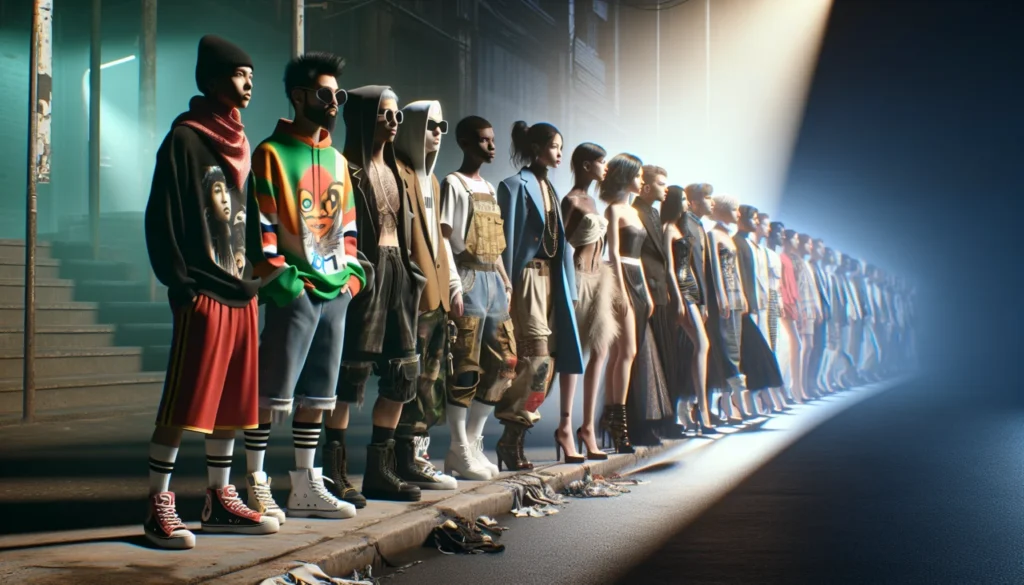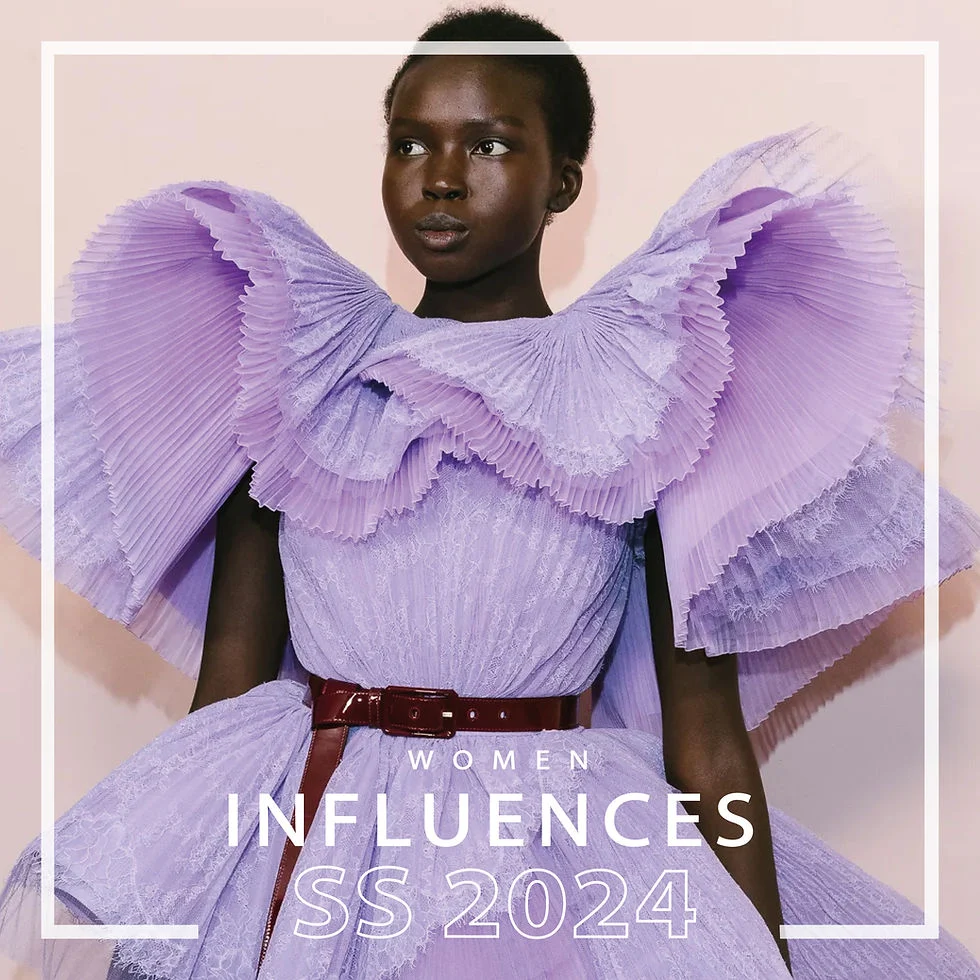Streetwear has undergone a remarkable evolution from its humble beginnings as an underground subculture to its current status as a prominent trend in mainstream fashion. The Evolution of Streetwear: From Underground to Mainstream has been marked by a shift in perception, as what was once seen as a niche and rebellious style has now become widely accepted and embraced by a wide audience. This evolution has been driven by a combination of factors, including the influence of urban culture, the rise of social media, and the collaboration between streetwear brands and high-end fashion houses. As a result, streetwear has transcended its origins to become a global phenomenon, with its impact being felt across various industries and cultural spheres.
The journey of streetwear from its underground roots to mainstream prominence has captivated the interest of fashion enthusiasts and cultural observers alike. The transition of streetwear from a symbol of counterculture to a symbol of individuality and self-expression has sparked curiosity about the driving forces behind this evolution. Many are intrigued by the ways in which streetwear has challenged traditional fashion norms and redefined the concept of luxury. Additionally, the impact of streetwear on music, art, and lifestyle trends has prompted further exploration into its cultural significance. Overall, The Evolution of Streetwear: From Underground to Mainstream has become a compelling subject of study and discussion within the fashion and cultural spheres.
The Origins of Streetwear
Streetwear has its roots in the subcultures of skateboarding, hip-hop, and punk rock, emerging in the 1970s and 1980s as a rebellious and anti-establishment approach to fashion. Brands like Stüssy, Supreme, and A Bathing Ape were among the pioneers of this movement, creating clothing that reflected the attitudes and lifestyles of the streets rather than high fashion runways.
Characterized by bold graphics, oversized silhouettes, and a mix of high and low culture, streetwear quickly gained a following among urban youth who sought to express their individuality and non-conformity through their clothing choices.
Streetwear in Pop Culture
As streetwear gained momentum, it became closely associated with the music and entertainment industries. Hip-hop artists and celebrities embraced the style, further propelling it into the mainstream. This crossover between streetwear and pop culture solidified its influence and made it a global phenomenon.
Celebrities and influencers started their own streetwear brands, and collaborations between streetwear labels and high-end fashion houses became increasingly common, blurring the lines between streetwear and luxury fashion.
The Rise of Sneaker Culture
Sneakers have always been an integral part of streetwear, with iconic styles like Nike Air Jordans and Adidas Superstars becoming synonymous with the culture. Sneaker collecting and trading became a major aspect of streetwear, with limited edition releases causing widespread hype and demand.
Today, sneaker culture is a billion-dollar industry, with dedicated enthusiasts camping out for new releases and engaging in the resale market to buy, sell, and trade sought-after styles at premium prices.
Streetwear’s Influence on High Fashion
Streetwear’s impact on high fashion cannot be overstated. Luxury brands began incorporating streetwear elements into their collections, from hoodies and graphic t-shirts to utilitarian influences and urban aesthetics. This convergence of streetwear and high fashion gave rise to a new wave of luxury streetwear, with brands like Off-White and Vetements leading the way.
The boundaries between streetwear and high fashion continue to blur, as designers and fashion houses draw inspiration from the streets and collaborate with streetwear labels to reach a wider audience and tap into the cultural relevance of the movement.
The Globalization of Streetwear
What started as a grassroots movement in urban centers like New York, Los Angeles, and Tokyo has now become a global phenomenon. Streetwear has transcended geographical boundaries, influencing fashion trends and youth culture around the world.
The rise of social media and e-commerce has facilitated the global reach of streetwear, allowing enthusiasts to connect, discover new brands, and access limited edition releases from anywhere in the world, further fueling the expansion of streetwear as a dominant force in the fashion industry.
Sustainability and Streetwear
As streetwear continues to evolve, there is a growing emphasis on sustainability within the industry. Many streetwear brands are prioritizing eco-friendly materials, ethical production practices, and limited-run releases to reduce waste and minimize their environmental impact.
Consumers are also becoming more conscious of the environmental and social implications of their fashion choices, driving the demand for sustainable streetwear options and pushing brands to adopt more responsible and transparent business practices.
The Future of Streetwear
With its roots in subculture and its evolution into a global phenomenon, streetwear shows no signs of slowing down. As the boundaries between streetwear, high fashion, and sportswear continue to blur, the future of streetwear is likely to be characterized by even greater diversity, inclusivity, and innovation.
New technologies, collaborations, and sustainability efforts will shape the next chapter of streetwear, as it remains a powerful form of self-expression and cultural identity for a new generation of fashion enthusiasts around the world.
| Stage | Description |
|---|---|
| Underground | Streetwear originated in the 1980s as a subculture fashion in urban areas, often associated with skateboarders, hip-hop culture, and graffiti artists. |
| Rise of Brands | In the 1990s, streetwear brands like Supreme, Stussy, and BAPE gained popularity and started to define the style with their unique designs and limited releases. |
| Celebrity Endorsement | As celebrities and athletes started wearing streetwear, it gained mainstream attention and became a symbol of status and coolness. |
| High Fashion Collaboration | Luxury fashion houses began collaborating with streetwear brands, blurring the lines between high fashion and street style. |
| Mainstream Acceptance | Today, streetwear has become a global phenomenon, influencing not only fashion but also music, art, and pop culture. |
The Evolution of Streetwear: From Underground to Mainstream can be traced from its origins in urban subcultures to its current status as a global fashion and cultural movement. What started as a niche style has now become a dominant force in the fashion industry, shaping trends and influencing mainstream culture.



